Have you ever wondered what life was like in World War II Zagreb, Croatia, amidst the clash between communists, fascists, and ordinary citizens?
The city’s streets bore witness to a complex interplay of ideologies and personal struggles during this turbulent period. As the fabric of society unraveled, alliances were forged and broken, leaving a lasting impact on the lives of those who called Zagreb home.
Explore the untold stories of resilience, resistance, and collaboration that defined this critical chapter in the city’s history, offering a glimpse into the depths of human experience amidst the chaos of war.
Good To Know
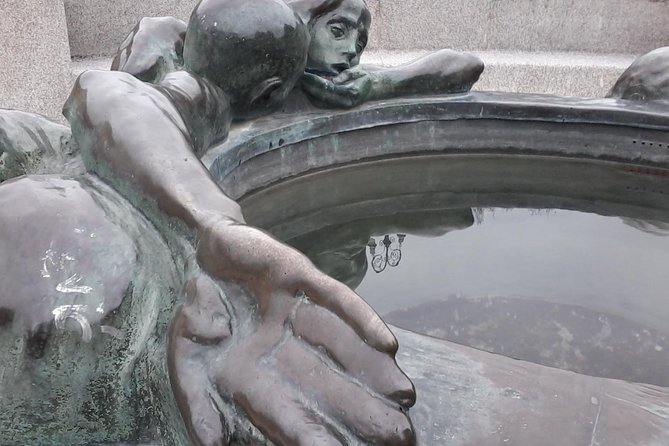
- Zagreb’s wartime landscape was shaped by the resistance of communists, the brutality of fascists, and the resilience of ordinary citizens.
- Collaboration and conflict intertwined, creating a tense atmosphere in the city during World War II.
- Daily life for ordinary people in Zagreb involved coping with hardships like rationing and fear of air raids.
- The spirit of Zagreb endured through acts of solidarity, adaptability, and finding hope amidst adversity during the war.
Historical Context of World War II Zagreb
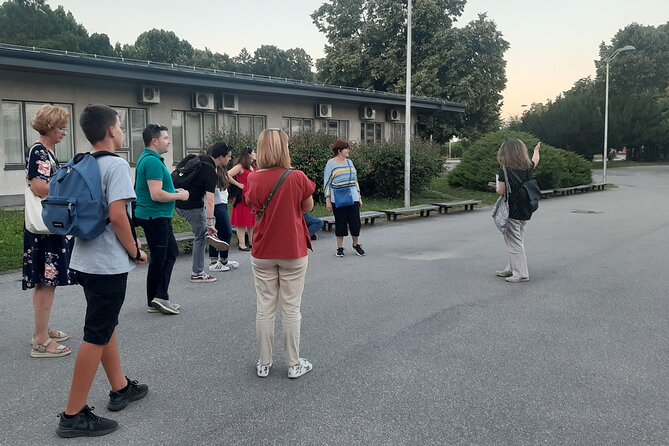
During World War II, Zagreb, Croatia found itself embroiled in a tumultuous period of historical significance. The city’s wartime experiences shaped its urban development profoundly. The impact of the war was visible in the transformation of Zagreb’s landscape, with buildings bearing scars of conflict and new structures emerging to meet wartime demands.
Citizens faced unprecedented challenges, adapting to the realities of occupation and navigating the complexities of daily life amidst turmoil. Despite the chaos, Zagreb’s spirit endured, reflecting resilience in the face of adversity. As the city grappled with the realities of war, its urban fabric evolved, showcasing a blend of wartime remnants and the seeds of future growth.
Find more activities and experiences we've covered in Zagreb.
Rise of Fascism in Croatia
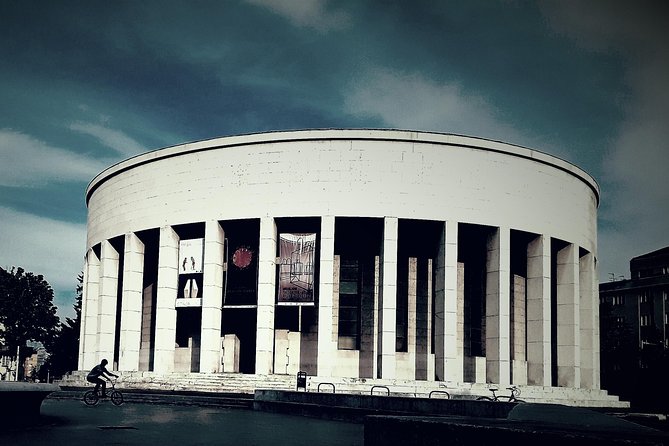
How did Fascism rise in Croatia, reshaping the socio-political landscape of the region during World War II? The rise of fascism in Croatia was marked by a series of events driven by extremist political ideologies that brought significant changes to the country. Here are some key points to consider:
Political Instability: Fascism took root in Croatia due to the existing political instability and economic hardships.
Ustashe Movement: The Ustashe movement, led by Ante Pavelic, embraced fascist principles and gained substantial support.
Persecution of Minorities: The fascist regime in Croatia targeted minorities, leading to widespread discrimination and violence.
Alignment with Axis Powers: Croatia’s fascist government aligned itself with Nazi Germany and Italy, further solidifying its fascist stance.
Communist Resistance in Zagreb
The resistance against fascism in Croatia extended to Zagreb, where communist forces played a pivotal role in challenging the oppressive regime during World War II. Communist resistance fighters in Zagreb became symbols of bravery and determination, standing up against the fascist occupation and risking their lives to protect their fellow citizens. These wartime heroes organized underground movements, carried out acts of sabotage, and provided crucial intelligence to the Allies. Their unwavering commitment to freedom and justice inspired many ordinary people to join the fight against the tyranny of fascism. The following table showcases some key figures of the communist resistance in Zagreb:
| Wartime Hero | Role | Contribution |
|---|---|---|
| Josip Broz Tito | Leader | Led partisan forces |
| Dragutin Tito Štark | Commander | Organized resistance efforts |
| Marija Bistrica | Intelligence Officer | Provided vital information |
Daily Life for Ordinary People
Amidst the turmoil of World War II, ordinary people in Zagreb navigated daily life with resilience and resourcefulness. Despite the challenges they faced, they found ways to overcome obstacles and maintain a sense of normalcy.
- Everyday Challenges:
- Rationing of food and supplies
- Curfews and restrictions on movement
- Fear of air raids and bombings
- Separation from loved ones due to war
In response to these difficulties, the people of Zagreb developed various resilience strategies to cope with the harsh realities of wartime existence. Through acts of solidarity, creativity, and adaptability, they managed to persevere and support each other in times of need. Their ability to find hope amidst adversity serves as a testament to the strength of the human spirit.
Collaboration and Conflict
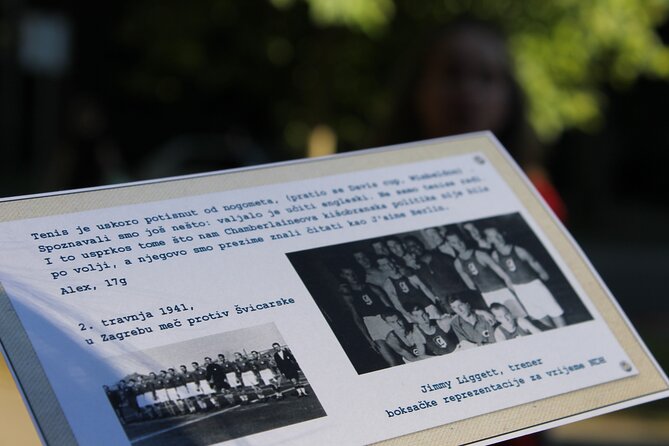
During World War II in Zagreb, Croatia, collaboration and conflict intertwined to shape the city’s complex wartime narrative.
While some individuals chose to collaborate with occupying forces for personal gain or ideological reasons, others bravely joined the resistance movement to fight against oppression.
The dynamics of collaboration and resistance played out in various ways throughout Zagreb, impacting the lives of its residents and shaping the city’s fate.
Collaboration often led to compromises in morals and ethics, while resistance required immense courage and sacrifice.
The conflicting interests of different groups within the city created a tense atmosphere, where loyalties were tested, alliances shifted, and the true nature of individuals was revealed.
Zagreb became a battleground not only physically but also morally, as the struggle between collaboration and resistance unfolded.
Impact of Occupation on Zagreb
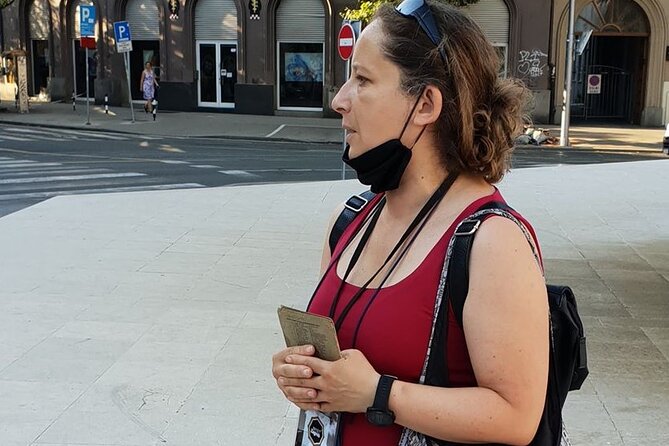
As occupation forces tightened their grip on Zagreb during World War II, the city’s landscape and its people underwent profound transformations.
Resistance Movements:
Underground groups formed to oppose the occupiers.Occupation Aftermath:
Scarred buildings and altered city dynamics remained long after the war.Civilian Struggles:
Ordinary citizens faced shortages and curfews, leading to increased hardships.Collaboration Consequences:
Those who cooperated with the occupiers faced repercussions post-liberation.
The impact of the occupation on Zagreb was far-reaching, leaving a lasting mark on the city and its inhabitants. Despite the challenges faced, the resilience of the people and the emergence of resistance movements showcased the strength and determination of the population during this tumultuous period.
Liberation and Aftermath
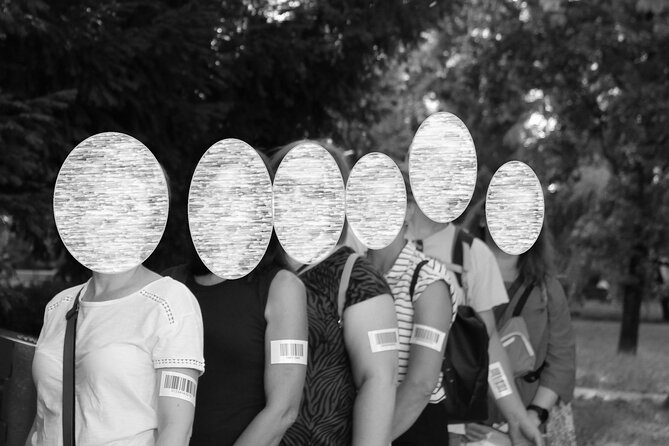
The liberation of Zagreb from occupying forces marked the beginning of a new chapter for the city and its inhabitants, setting the stage for a complex aftermath shaped by wartime experiences. Liberation struggles were intertwined with post-war challenges as the city sought to rebuild and reconcile.
The scars of war were visible in the physical destruction of buildings and infrastructure, but also in the emotional toll on the people who endured the occupation. Rebuilding trust and unity among the diverse population became a crucial task in the aftermath of World War II.
The city faced the daunting challenge of transitioning from a wartime economy to one focused on recovery and growth, navigating the complexities of a post-conflict society while striving for a better future.
Commemorating WWII in Zagreb
Marking the city’s history with solemn remembrance, Zagreb commemorates the impactful events of World War II through various memorials and tributes.
Memorial plaques: Scattered throughout the city, these plaques honor the brave individuals who fought during WWII.
Annual ceremonies: Zagreb holds yearly ceremonies to remember heroes and casualties of the war, bringing the community together.
Museum exhibitions: The city’s museums showcase wartime narratives through artifacts, photographs, and personal accounts.
Statues and monuments: Zagreb is adorned with statues and monuments dedicated to those who made sacrifices during the war, serving as reminders of the city’s tumultuous past.
Frequently Asked Questions
What Role Did Ordinary Citizens Play in the Resistance Movements During World War II in Zagreb?
Ordinary citizens in Zagreb played a crucial role in the resistance movements during World War II. Their acts of bravery, community solidarity, and unwavering determination were instrumental in challenging oppressive forces and fighting for freedom.
How Did the Occupation of Zagreb Impact the City’s Cultural and Social Life During Wwii?
The occupation of Zagreb during WWII profoundly affected the city’s cultural and social life. Art, music, and literature reflected themes of resistance. Education faced restrictions, while social gatherings became opportunities for covert conversations and solidarity among locals.
Were There Any Significant Acts of Collaboration Between Different Groups in Zagreb During the War?
In Zagreb during the war, there were significant acts of collaboration that showcased unity and solidarity among different groups. Despite challenges, resistance efforts highlighted the power of teamwork and shared goals in turbulent times.
How Did the Liberation of Zagreb in 1945 Affect the City’s Residents and Infrastructure?
The liberation of Zagreb in 1945 profoundly impacted the city’s residents and infrastructure. The event brought both psychological relief and physical changes, revitalizing the community’s spirit and leading to the restoration and rebuilding of essential structures.
What Commemorative Events or Memorials Exist in Zagreb Today to Honor the Events of World War Ii?
In Zagreb today, several commemorative events and memorials pay tribute to the historical significance of World War II. These sites honor the impact on culture, collaboration, and the liberation aftermath, providing a poignant reminder of the city’s past.
The Sum Up
To sum it up, the tour of World War II Zagreb offers a fascinating glimpse into the lives of ordinary people caught in the midst of communism and fascism. Through exploring the historical center and modern city, visitors gain a deeper understanding of the significant events and individuals that shaped this turbulent period.
From collaboration to resistance, the impact of occupation, and the eventual liberation, this tour brings to life the stories of those who experienced the challenges of wartime Croatia firsthand.
More Tour Reviews in Zagreb
Looking for something different? Other Zagreb activities we've written about
- Beautiful Christmas in Zagreb Private Walking Tour
- Croatia: Museum of Lost Tales
- From Zagreb: Plitvice Lakes & Rastoke Village Private Tour
- From Zagreb: Plitvice Lakes Guided Day Trip
- From Zagreb: Ljubljana and Lake Bled Day Trip
- From Zagreb: Castle & Wine Private Day Trip
- From Zagreb: Ljubljana and Postojna cave Day Trip
- From Zagreb to Split: Private Tour with Plitvice Lakes Visit
- Hunjka: Medvednica Mountain Hiking Trip
- Airport transfer to/from your Hotel Accommodation in Zagreb
- Historical & Cultural Walking Tour in Zagreb
- Rooftop BBQ Mingle
